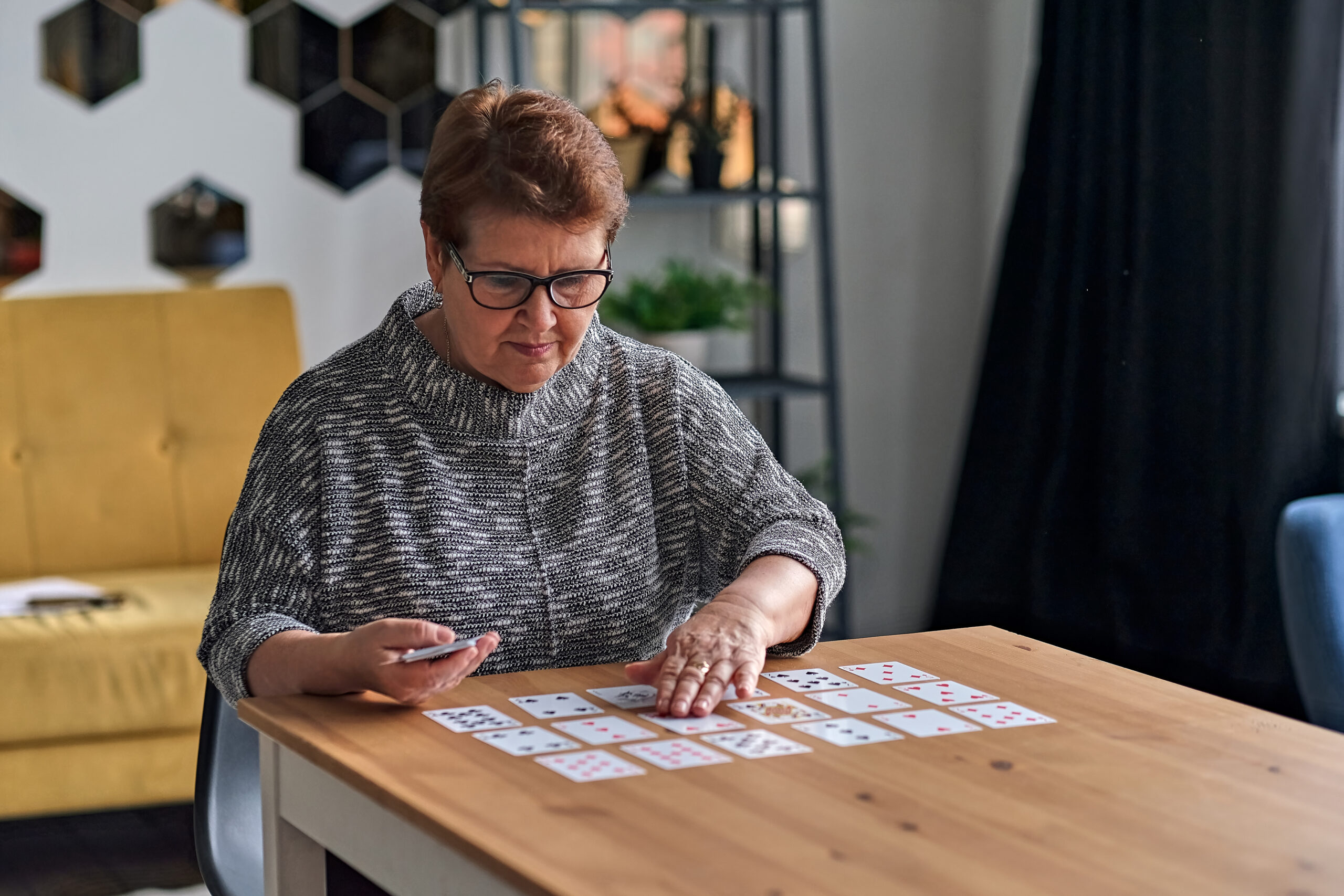The Truth About Aging You Won’t Hear from Your Doctor
Aging is something everyone experiences, but the truth about it is often more complicated than what you hear from your doctor. Most people think aging is a slow, steady process where you gradually get older and weaker. But recent research shows that aging can happen in sudden jumps rather than just a smooth decline.
Scientists have found that humans actually age faster at two specific times in life: around the mid-40s and again near 60. These aren’t small changes either; they are dramatic shifts at the molecular level inside our bodies. So if you ever feel like you suddenly look or feel older overnight during these ages, it’s not just your imagination—your body really does go through big changes then.
Another surprising fact is that aging isn’t just about individual cells wearing out on their own. Aging signals can spread throughout the body via the blood, meaning one part of your body can influence how other parts age too. This systemic nature of aging means it’s more interconnected than we thought.
When it comes to skin aging, vitamin C plays an interesting role beyond just being good for your immune system. It actually helps thicken skin by turning on genes that promote skin cell growth, which could help reverse some signs of getting older.
Even things as simple as drinking coffee might affect how we age at a cellular level. Studies show caffeine activates certain ancient energy systems inside our cells that help regulate growth and stress responses—systems conserved across millions of years of evolution. This activation may slow down some aspects of cellular aging.
Finally, brain aging doesn’t follow one single path either; cognitive decline varies widely among individuals with no single cause behind it yet identified by researchers studying neurological changes over many years.
So while doctors often focus on managing diseases related to old age or telling us to eat well and exercise more, there’s much going on beneath the surface—from sudden molecular shifts to blood-borne signals—that shapes how we truly age every day in ways science is only beginning to understand fully.





